Knee pain (patella pain)
The knee, an extremely complex joint, allows us to perform basic movements such as walking, running and jumping. Causes of knee pain are manifold and include patella tip syndrome (jumper's knee), patellaluxation, cartilage damage, overload and bursitis.
Symptoms are often pain around the knee, swelling, instability and limited mobility. These pains are often caused by overuse, direct injuries or structural problems in the knee.



